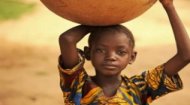| 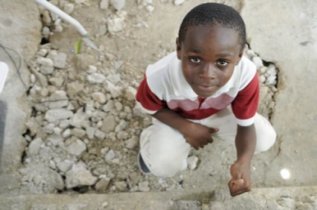
|
Children in Haiti | Children in Haiti | Children in Haiti | Children in Haiti |
|
|

There are an estimated 1.2 million orphans and vulnerable children (OVC) in Haiti and around seven thousand of them live in the street of the country's capital Port-au-Prince, although thousands more can be found in Cap Haitien, Gonaives and other larger urban areas. The 2010 earthquake left a whole new generation of orphans when 11% of the entire population of Port-au-Prince were killed. Many childrens lost their homes in that tragedy, with 1.5 million displaced. Then, in October 2016, Hurricane Matthew struck the south-west coast of Haiti causing widespread damage and flooding, affecting around 2.1 million people. Tragedy struck again on 6th October 2018 when a 5.9 magnitude earthquake struck killing 12 people and injuring 188, and again in 2020 when Hurricane Laura hit the country killing dozens, then the strongest earthquake since 1842 hit south-western Haiti in 2021 leaving an estimated 2,207 dead and more than 12,000 injured. All this in a country beset up political instability with a government often described as inept with gangs now running large swathes of it.
At the end of this period of "fundamental education", children should progress to secondary school however less than 22% of children actually do so, not least because most of those secondary institutions charge fees and nearly 80% of them are in urban areas and inaccessible to rural and poorer children. Many of these children end up working with the United Nations estimating hundreds of thousands of children in Haiti work in conditions similar to slavery. Many are known as 'restavek' slaves (from the French 'rester avec' ~ to stay with) ~ given away for domestic servitude, a practise deeply ingrained in the poor of Haitian culture. Most are girls aged 9yrs or younger and numbers are believed to be around 300,000 in a country where some 25% of all children aged between 5–17 live away from their biological parents. An estimated 85% of those fortunate enough to afford and enjoy a tertiary education choose to live abroad in search of a better life, diluting Haiti's future. The video left explores daily life for Haiti children and above is a directory of some projects and programs working in Haiti with these children who are looking for your support. |
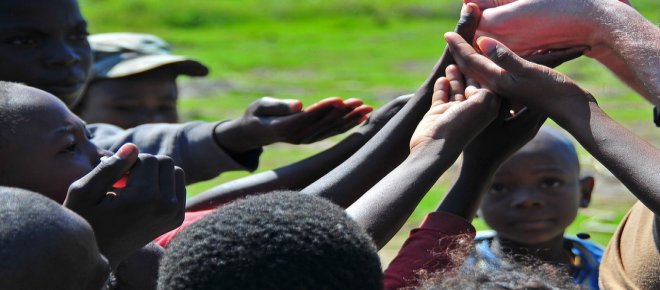
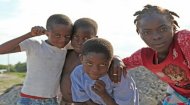


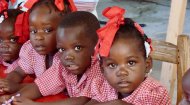
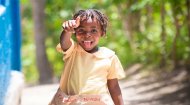


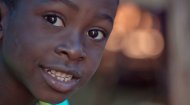
 Education for children in Haiti hasn't really recovered from the 2010 earthquake that damaged or detroyed most schools and pledges of aid never materialised. Whilst the Haitian government continues to espouse the creation of a free public and universal education system for all primary school age students in Haiti, that pledge hasn't been met with any actual money leaving the country with one of the poorest education systems in the Western Hemisphere with 90% of all students reliant on the private/third sector. Given the lack of teaching staff most schools operate a half-day system of four hours. Haiti's overall literacy rate of about 61.69% is below the 90% average literacy rate for Latin American and Caribbean countries although youth literacy has climbed to 82.55%. Education is modelled on the French system with elementary education normally taught in Haitian Creole and compulsory for children between 6 and 11.
Education for children in Haiti hasn't really recovered from the 2010 earthquake that damaged or detroyed most schools and pledges of aid never materialised. Whilst the Haitian government continues to espouse the creation of a free public and universal education system for all primary school age students in Haiti, that pledge hasn't been met with any actual money leaving the country with one of the poorest education systems in the Western Hemisphere with 90% of all students reliant on the private/third sector. Given the lack of teaching staff most schools operate a half-day system of four hours. Haiti's overall literacy rate of about 61.69% is below the 90% average literacy rate for Latin American and Caribbean countries although youth literacy has climbed to 82.55%. Education is modelled on the French system with elementary education normally taught in Haitian Creole and compulsory for children between 6 and 11.